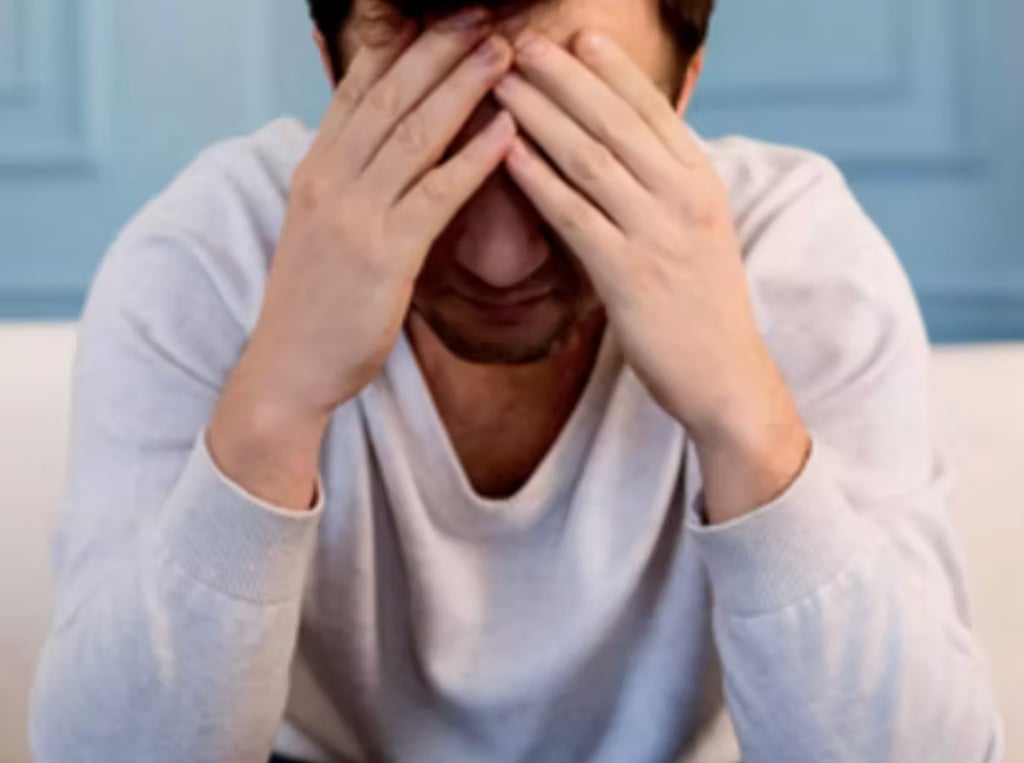Guiding Light MHS
The Scoop on Social Anxiety
What to do about social anxiety.
ANXIETY
11/15/20223 min read


Anxiety is defined as an intense feeling of worry. Anxiety can strike in psychological and physiological ways. Anxiety can look like worrying about the future. For example, you may worry about test results, job performance, spousal satisfaction, business success, etc. It is normal for us to worry about important events and significant people in our lives. But anxiety is different from normative worries as it is more pervasive, and it makes it difficult for us to have healthy relationship, to perform work duties and meet other responsibilities of daily living. Unhealthy levels of anxiety are marked by feeling uneasy, uncertain, out-of-control, and grave concern. On a physical level, an individual may experience muscle tension, sweating, tremors and racing heart. There are several different types of anxiety, but this article will discuss how to identify and reduce social anxiety.
Social anxiety is similar to that of general anxiety; except this type of anxiety only occurs in social settings or when social interaction is necessary. In the case of social anxiety, worrisome thoughts are usually related to being judged or negatively perceived by others. In teenagers, social anxiety can look like the fear of being clumsy or silly in front of others. Preteens are also anxious about eating in public, playing music instruments, using public urinals (male teens), and fear of blushing. The most common physical symptoms in teenagers are blushing, sweating, hoarseness and tremors in the legs, arms, fingers.
Not only does anxiety affect what you think about, but it also affects your daily experience. It is evident that social anxiety can turn a simple event into a very complex social enigma. People who suffer from anxiety are dealing with bothersome thoughts and exasperating physical symptoms. It is possible, that mental anxiety is further triggered by the presence of physical symptoms. Keep in mind that people with anxiety fear negative outcomes and being negatively perceived by others. Consider the following symptoms: tremors in the extremities, racing heartbreak while in a resting state, and randomly sweating; these are all symptoms that be can be observed by others. The presence of these noticeable anxiety symptoms causes more fear and the false idea of, ‘now, I am definitely being judged.’
So, what do you do? How do you stop yourself from worry and reacting on a physiological level? The answer is to reduce your anxiety beforehand. There are various difference approaches to reducing anxiety, and here, we will we briefly highlight a few. The first tip is to find a cognitive-behavioral therapist. A cognitive-behavioral therapist will work with you to see why you are anxious in the first place. Where did you ever get the idea that things will go wrong? How did you come to believe that others are thinking negatively about you? When did you start to see yourself as clumsy or weird? Providing answers to these questions are powerful tools for understanding why we become fearful in the first place. Working with a cognitive-behavioral therapy will help you to sort out your thoughts and fears, and place them in their proper places.
The second method is to practice acceptance rather than avoidance. Trying to forcefully restrain anxiety causes a lot of mental/ physical fiction; and it can make you feel even worse. When anxiety arise, the best thing you can do is brace yourself for impact. You know how anxiety feels for you, and you may even know your triggers. When you anticipate peaks in anxiety, prepare yourself and practice acceptance by reaffirming that you can handle this, that anxiety will pass over soon, and that you are ok, you’re just dealing with anxiety.
The last method to highlight is finding distress tolerance and grounding techniques that work for you. The role of these skills is to help you tolerate stressful episodes and remain in the present moment. Many times, when anxiety arises, a person’s first response is to avoid it or suppress it, neither methods are helpful to the body or the person. Find activities that are effective at reducing your anxiety, and start to do them BEFORE anxiety rises. Some examples may be exercise, taking a walk, playing a quick puzzle/ problem-solving game, talk yourself through it using encouragers, get some alone time, talk to a friend, deep breathing, journaling, etc. An overly simplified example of this is: if presenting PowerPoints at work make you anxious, then try playing a game of Tetris or talking a walk BEFORE your next PowerPoint presentation. This method is similar to emptying a cup before it overflows, except you are engaging in stress-reducing activities before your anxiety peaks.
Support
Guiding individuals through life's emotional challenges effectively.
Diamond@GuidingLightMHS.org
Phone number: (770) 740-7440
Copyright ©2025 Guiding Light Mental Healthcare Services LLC | All rights reserved.
